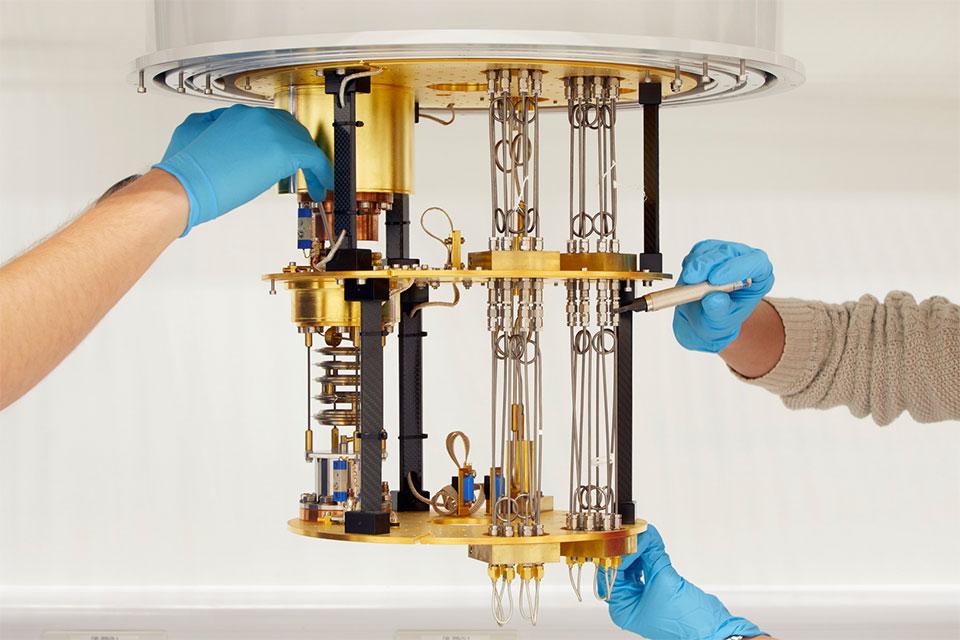Martin Wood Complex, Department of Physics, University of Oxford, Parks Road, Oxford, OX1 3PU
J.C. Séamus Davis, Clarendon Laboratory, University of Oxford, UK, Dept. of Physics, University College Cork, IE, Dept. of Physics, Cornell University, USA
Maud Schmitt
A superconducting quantum crystal consisting of electron-pairs whose density modulates periodically at wavevector QP, is now referred to as a Pair Density Wave (PDW) state. Although originally mooted in 1964, such states had never been observed directly in any material. To search for a PDW state in cuprate superconductors we developed atomic resolution Scanned Josephson Tunneling Microscopy (SJTM). This new form of quantum microscopy can image both the single-electron quasiparticles and, in a different mode, the quantum condensate of electron-pairs. By using SJTM we detected the cuprate PDW state1 exhibiting periodic modulations of the electron-pair density1 at wavevector Q_P, the quasiparticle response to the electron-pair crystal2, and of the associated electron-pair binding energy2,3. To search for such states in the conventional s-wave superconductor NbSe2, we developed high-speed atomic-resolution SJTM. We detected three PDWs, each whose electron-pair density and energy-gap modulate spatially at the wavevectors Q_(i=1,2,3) of the preexisting charge density wave (CDW) state, but with a global δΦ≅±2π/3 phase difference between the PDW and CDW states4. Most recently, in the topological superconductor UTe2 we visualize the pairing energy-gap with μV-scale energy-resolution made possible by our superconductive SJTM tips. In UTe2 we discovered three PDWs at incommensurate wavevectors P_(i=1,2,3) that are indistinguishable from the wavevectors Q_(i=1,2,3) of the prevenient CDW. Concurrent visualization of the PDWs and the CDWs reveals that every P_i 〖:Q〗_i pair is registered to each other spatially, but with a relative phase δϕ≈π. From these observations, and given UTe2 as a spin-triplet superconductor, this state should be a spin-triplet PDW. While such states do exist in superfluid 3He, for superconductors they are unprecedented.
References
[1] Nature 532, 343 (2016)
[2] Science 364, 976 (2019)
[3] Nature 580, 6570 (2020)
[4] Science 372, 1447 (2021)
[5] arXiv:2209.10859 (2022)

